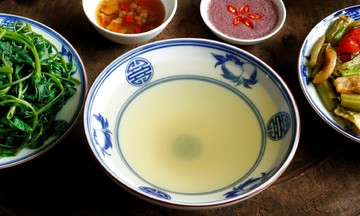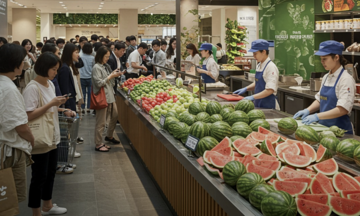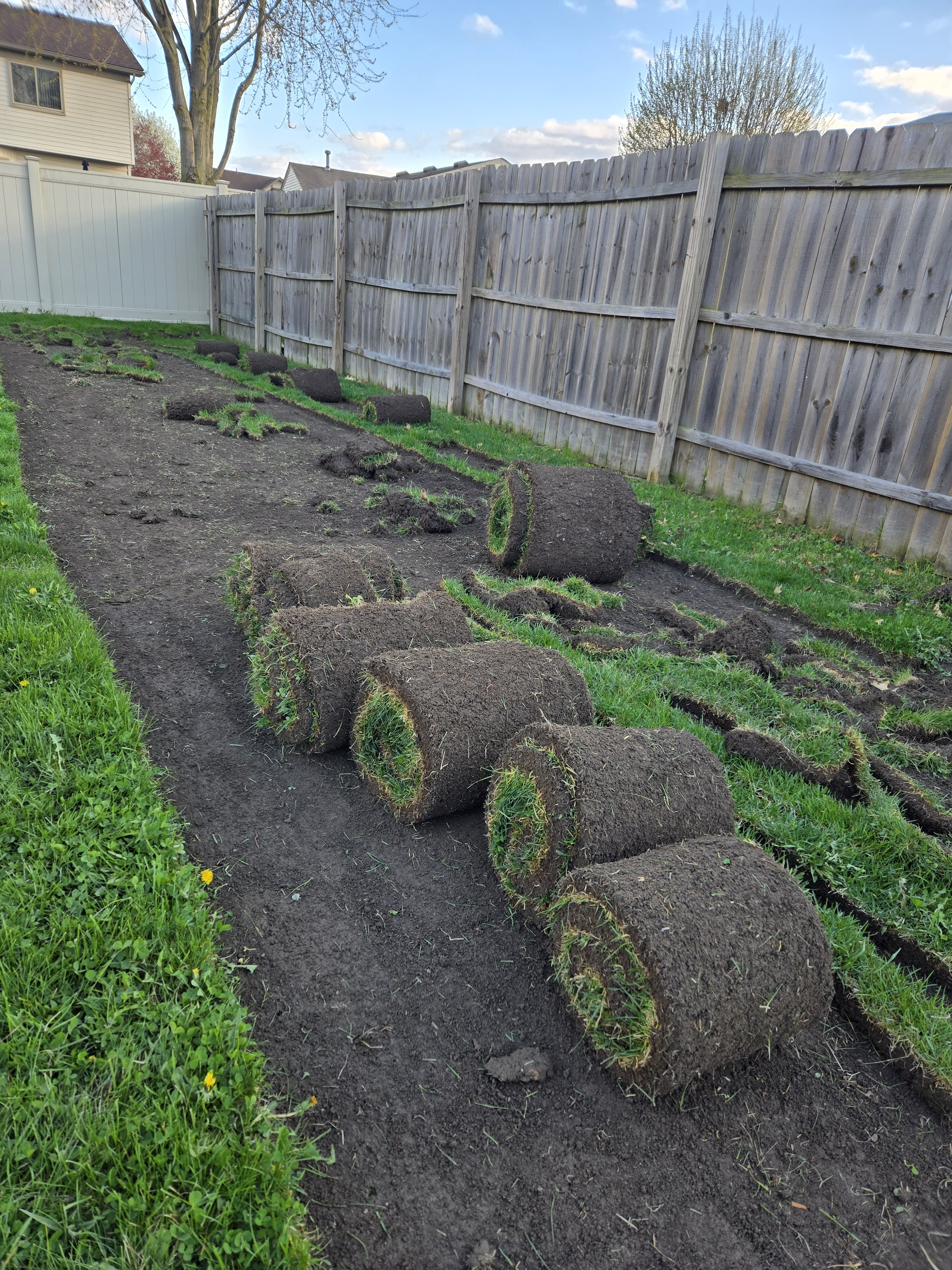 |
Ngoc Anh, originally from Phu Tho, Vietnam, moved to Michigan in 2018. Four years later, after marrying 37-year-old Ken, they bought a house with a front and back yard spanning approximately 750 square meters. She initially planted a few rows of mustard greens. Seeing them thrive in the autumn climate, she decided to expand her efforts into a full-fledged garden. In early 2022, she began clearing the weeds to make room for more vegetables.
 |
Finding the readily available garden hoes in the US small and dull for the thick grass, Anh had hoes and sickles shipped from Vietnam and rented machinery to clear the overgrown plot. Her husband, Ken, is allergic to pollen and prone to sunburn, making it difficult for him to spend extended periods outdoors. Coupled with his busy work schedule, Anh became the sole gardener.
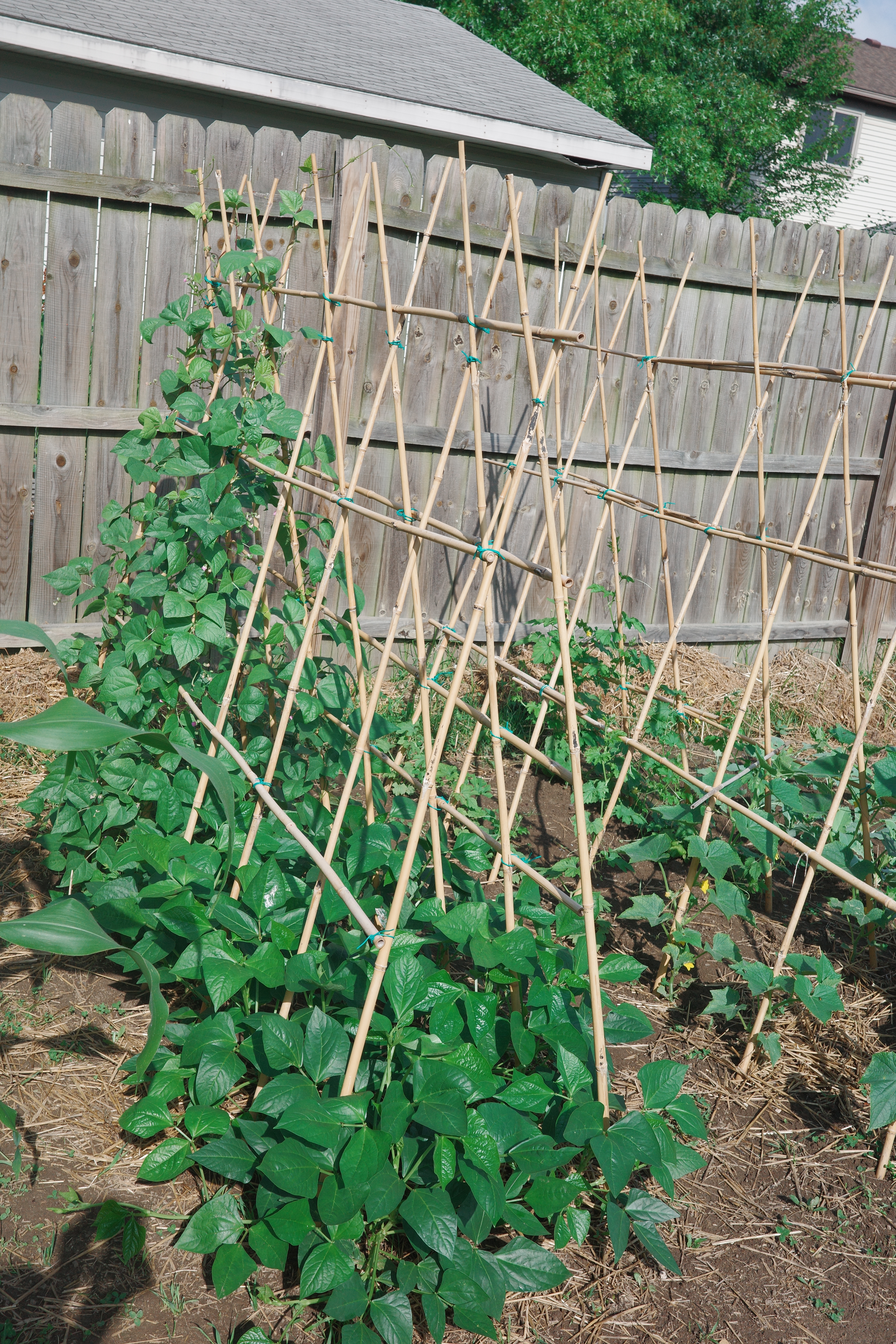 |
Having helped her parents with farming, watering, and weeding since childhood, Anh adopted a simple, economical approach, using only basic tools, seeds, soil, and water. Some suggested building raised beds or elaborate trellises, but she opted to rent a tiller initially and then manually cultivated the soil, dividing it into rows.
When sowing seeds, she adds a layer of store-bought organic topsoil rich in sawdust compost. With daily watering, the garden flourishes and remains neatly organized. For climbing plants, she uses a triangular bamboo frame, a technique learned from her mother.
 |
Anh sources seeds from a local Vietnamese market, cultivating leafy greens and vegetables like squash, water spinach, spinach, red jute, green jute, amaranth, and chrysanthemum greens. She also grows herbs: scallions, perilla, basil, Vietnamese mint, dill, red shiso, coriander, culantro, fish mint, and mugwort.
"Growing citrus trees or other tropical plants would require moving them indoors or to the garage during winter, which is a lot of work," she explained.
 |
The herbs are interspersed, with only a few plants of each kind since her family is small. "Vietnamese dishes often require a variety of herbs, and buying them at the market can be expensive," she said.
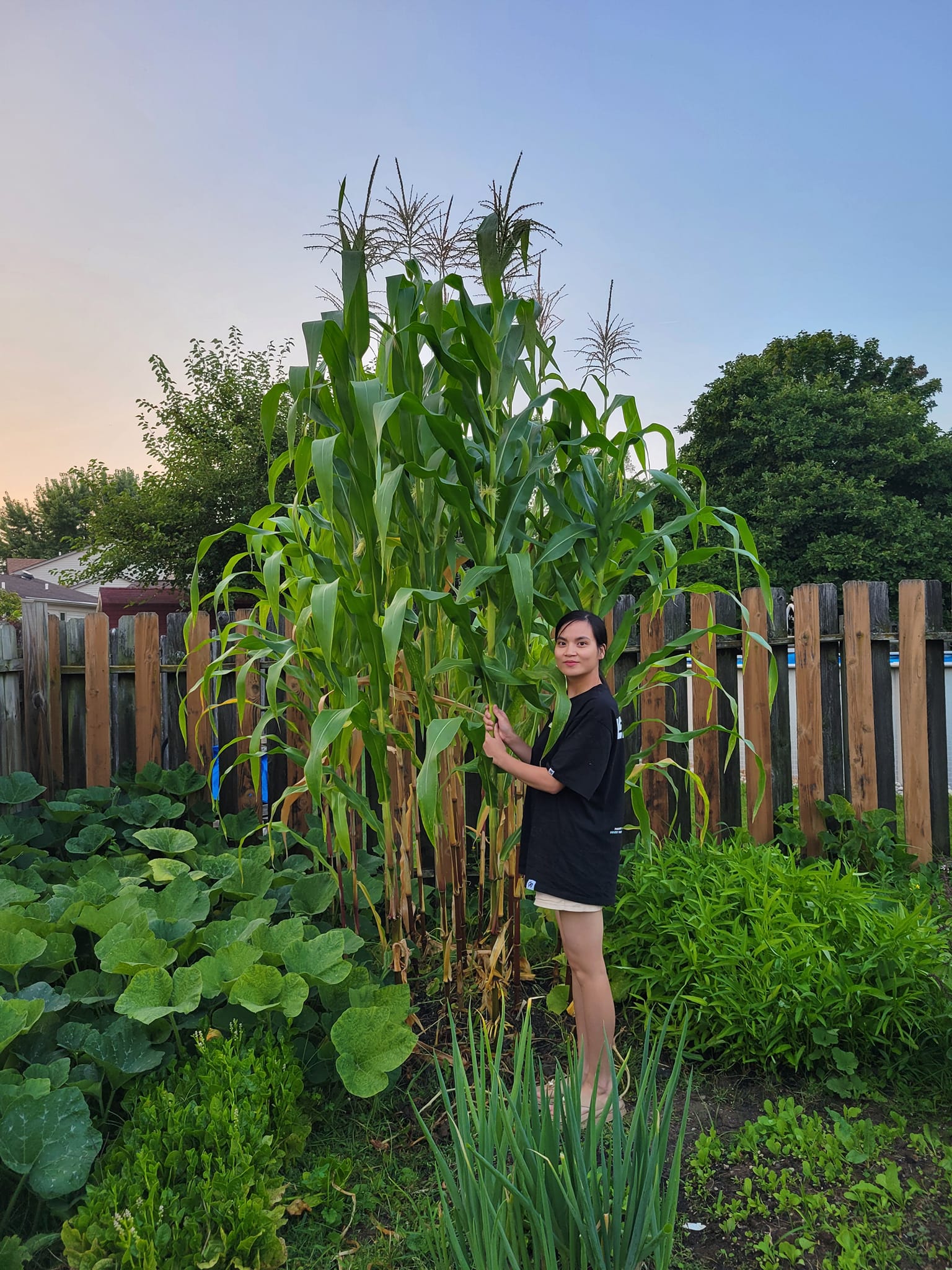 |
Despite living in a fenced community, squirrels, rabbits, and birds are frequent visitors to the garden. In the first year, rabbits devoured the seedlings, and squirrels dug up the soil. Learning from this, Anh now sprinkles animal repellent after sowing seeds, which minimizes damage once the plants grow larger.
However, the biggest challenge is Michigan's long winter, which can sometimes see snow lingering into May, limiting her growing season to a few summer months.
 |
Anh's garden now boasts over 20 varieties of vegetables, mostly Vietnamese. After more than three months, tomatoes, cucumbers, bitter melon, green beans, mini bell peppers, Thai chili peppers, kohlrabi, beetroot, and sticky rice corn are thriving, though the corn has yet to bear fruit.
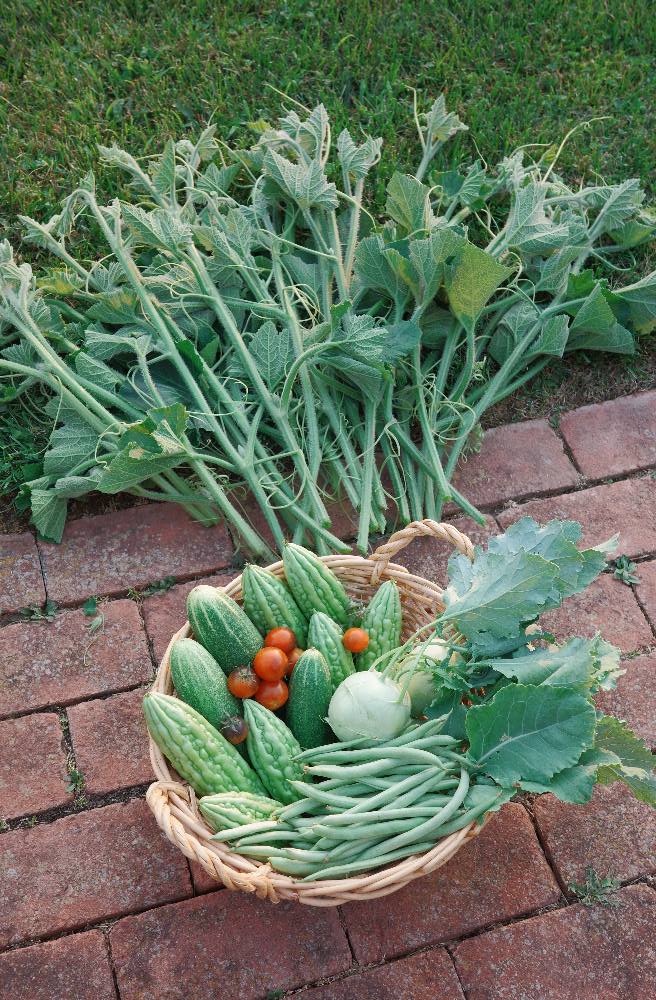 |
Anh's family meals now feature more Vietnamese dishes, with her son enjoying stir-fried squash tips, soups, bitter melon, and cucumber salads. "The day I harvested the first handful of jute leaves, I drove 35 minutes to the Vietnamese market to buy crabs for soup," she recounted.
After more than three years of gardening, Anh hopes this space will become a part of her son's childhood, fostering a love for nature and healthy eating habits.
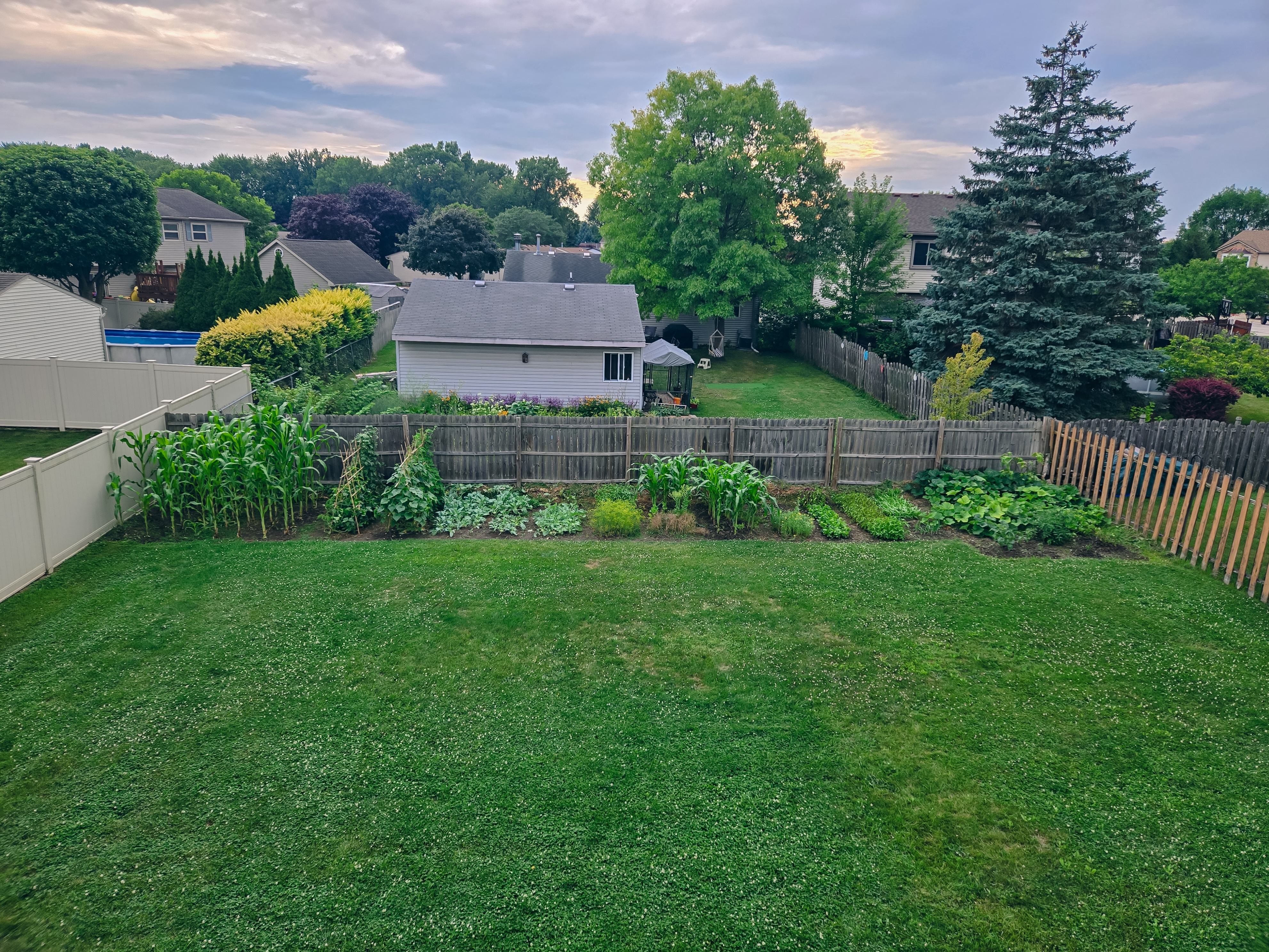 |
When Anh shares photos of her garden on Facebook, friends often express admiration but hesitate to start their own, citing busy schedules or lack of experience, fearing wasted effort. She encourages them, reminding them that she, too, was a novice gardener when she arrived in the US. Through firsthand experience, she has learned to adapt to the different climate and soil conditions.
 |
She hopes her garden will inspire others and lessen her own homesickness as she tends to and harvests her Vietnamese vegetables each day. "The joy of gardening lies in watching the plants grow each day, and the harvest is a well-deserved reward," Anh shared.
Ngoc Ngan






